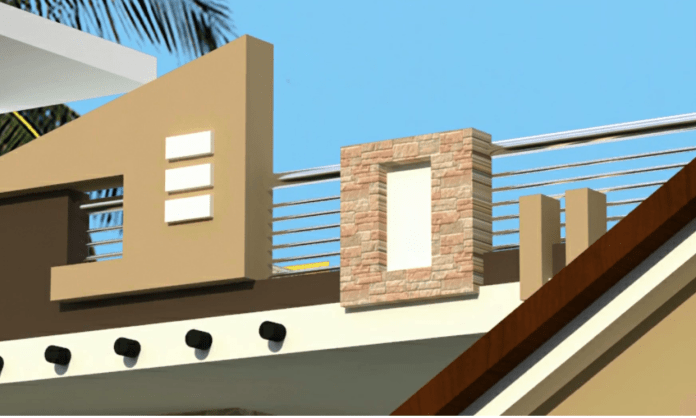Table of Content
In my parapet wall composition, I'm going to overview parapet wall types, functions, Design Procedures, Plaster parapet wall designs, Advantages, and Disadvantages.
Organization of Content Overview On Parapet Wall Designs, Types & Functions
- What Is The Parapet Wall?
- The Functions Of The Parapet Wall
- Types Of Parapet Walls
- Parapet Wall Designs
- Structural Considerations
- Plaster Parapet Wall Designs
- Advantages
- Disadvantages
- Summary
- References
What Is The Parapet Wall?
[caption id="attachment_7288" align="alignnone" width="626"]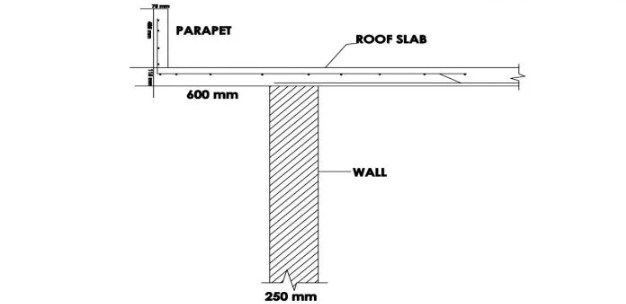 parapet wall designs[/caption]
The parapet is a minor wall around the edge of a roof, deck, sundeck, or stairway, generally covering the roof’s border. It protects the top and pre-built structures from erosion and declination.
parapet wall designs[/caption]
The parapet is a minor wall around the edge of a roof, deck, sundeck, or stairway, generally covering the roof’s border. It protects the top and pre-built structures from erosion and declination.
The Functions Of The Parapet Wall
- Blowing wind creates a whirlpool on the edges of the roof and causes a gigantic pressure difference. parapet saves the structure from collapsing.
- It stops any debris, dust, or humidity from entering the roof. In case of any rooftop exertion, it saves it from impurity.
- The primary reason to make this wall, speaking in construction terms, is to give durability to air, water, and thermal inflow. also, it acts as a hedge to avoid unfortunate incidents, i.e., falling from the roof. Ample space is attained when the top is covered with this wall and can be used for colorful purposes. No doubt, at present, its awful designs compound the aesthetic appeal of the whole structure. ( Rajput, 2021)
Types Of parapet Walls
Depending upon its structure, it comes in colorful types. Embattled or Crenellation Walls [caption id="attachment_7289" align="alignnone" width="688"] parapet wall designs[/caption]
These were the oldest parapet wall designs by masons. This wall contains squared notches with indispensable recreating fashion on the top, also known as crenels.
Crenellation was purposeful for the hunters, generally to defend tactically during the siege. The Great Wall of China is a stylish illustration of the denuclearized wall. moment, these walls give an Imperial touch and a royal sense to the structure.
parapet wall designs[/caption]
These were the oldest parapet wall designs by masons. This wall contains squared notches with indispensable recreating fashion on the top, also known as crenels.
Crenellation was purposeful for the hunters, generally to defend tactically during the siege. The Great Wall of China is a stylish illustration of the denuclearized wall. moment, these walls give an Imperial touch and a royal sense to the structure.
Plain parapet Walls
[caption id="attachment_7290" align="alignnone" width="669"] parapet wall designs[/caption]
This wall looks like an extension of the wall beneath and doesn't contain any structures; rather, it's veritably plain. thus, it doesn't elicit any ornamental passions; rather, it looks like a dull structure.
Still, it has some benefits, like furnishing sequestration and safety. And it's better to add managing and corbel to its system to bear the structural cargo. These walls are easy to make and maintain.
parapet wall designs[/caption]
This wall looks like an extension of the wall beneath and doesn't contain any structures; rather, it's veritably plain. thus, it doesn't elicit any ornamental passions; rather, it looks like a dull structure.
Still, it has some benefits, like furnishing sequestration and safety. And it's better to add managing and corbel to its system to bear the structural cargo. These walls are easy to make and maintain.
Paneled parapet
[caption id="attachment_7291" align="alignnone" width="555"]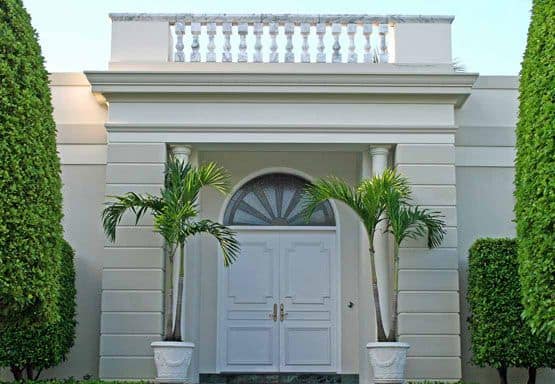 parapet wall designs[/caption]
It's an aged-style parapet and analogous to the plain parapet wall design. But it has a paneled structure on the outside of the wall. These panels add beauty to the structure.
People erected this kind of parapet wall designs during the Gothic period of English literature, and it was an ornamental detail, that fat patrons requested. currently, this style is current because it doesn’t bring important. It's also easy to construct.
parapet wall designs[/caption]
It's an aged-style parapet and analogous to the plain parapet wall design. But it has a paneled structure on the outside of the wall. These panels add beauty to the structure.
People erected this kind of parapet wall designs during the Gothic period of English literature, and it was an ornamental detail, that fat patrons requested. currently, this style is current because it doesn’t bring important. It's also easy to construct.
Perforated parapet Walls
[caption id="attachment_7292" align="alignnone" width="506"] parapet wall designs[/caption]
Perforated citadels are much more ornamental than plain citadels. These walls contain different perforations adroitly designed for aesthetics. Substantially the designed perforations are like circles, trefoils, and flower shapes. They're relatively grueling to produce and maintain.
parapet wall designs[/caption]
Perforated citadels are much more ornamental than plain citadels. These walls contain different perforations adroitly designed for aesthetics. Substantially the designed perforations are like circles, trefoils, and flower shapes. They're relatively grueling to produce and maintain.
Stepped Parapet Walls
[caption id="attachment_7293" align="alignnone" width="422"]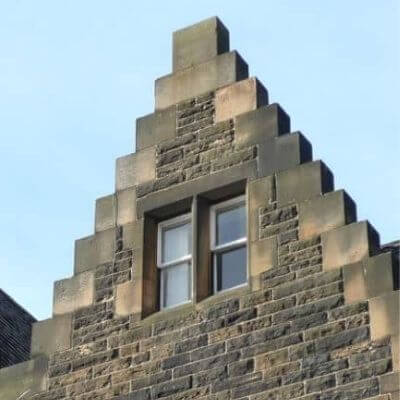 parapet wall designs[/caption]
These types of walls are analogous to leaning walls. still, there is a way in the wall like a gradational pitch across the whole wall filling. It shows a different perspective on the wall creating an aesthetic appearance.
parapet wall designs[/caption]
These types of walls are analogous to leaning walls. still, there is a way in the wall like a gradational pitch across the whole wall filling. It shows a different perspective on the wall creating an aesthetic appearance.
Pitch parapet Walls
[caption id="attachment_7295" align="alignnone" width="653"] parapet wall designs[/caption]
Graded walls to give a pitch to the structure used to drain water and help leakage in the roof. Generally, artificial structures are erected with pitch citadels.
The reason behind pitch citadels isn't primarily decoration but proper design for other useful purposes.
parapet wall designs[/caption]
Graded walls to give a pitch to the structure used to drain water and help leakage in the roof. Generally, artificial structures are erected with pitch citadels.
The reason behind pitch citadels isn't primarily decoration but proper design for other useful purposes.
Parapet bridge Walls
[caption id="attachment_7294" align="alignnone" width="656"]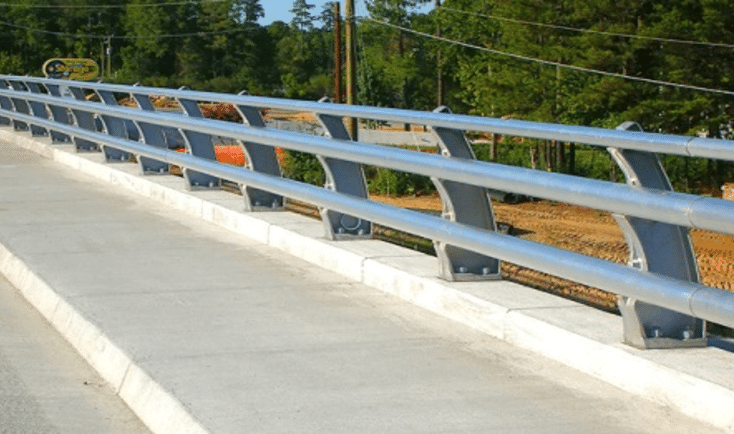 parapet wall designs[/caption]
As the name ground parapet suggests, these types of citadels are used for islands. A typical ground parapet is analogous to a paneled parapet. It's designed for islands to save businesses from falling.
parapet wall designs[/caption]
As the name ground parapet suggests, these types of citadels are used for islands. A typical ground parapet is analogous to a paneled parapet. It's designed for islands to save businesses from falling.
Parapet Wall Designs
As knowledge about erecting wisdom has evolved, erecting canons has been developed to circulate norms for parapet wall designs ’ safe and functional design. Design professionals must consider these regulations when designing or rehabilitating citadels. The International Code Council’s International Building Code( IBC) is the model law for the design of parapet wall heights, structural stability, and resistance to the rudiments, configuration, and harborage. ( Jan 2020) Some of the standard factors of parapet designs with their separate significance are given below.Weather Barriers
[caption id="attachment_7298" align="alignnone" width="512"] parapet wall designs[/caption]
Due to changing rainfall conditions, the parapet will face some deterioration. However, a parapet will face humidity infiltration, and erosion, If neglected. One should follow these design emendations to help similar problems.
parapet wall designs[/caption]
Due to changing rainfall conditions, the parapet will face some deterioration. However, a parapet will face humidity infiltration, and erosion, If neglected. One should follow these design emendations to help similar problems.
Parapet Capping
[caption id="attachment_7296" align="alignnone" width="449"]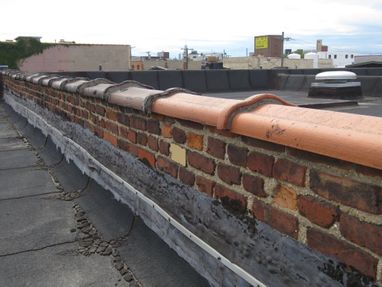 parapet wall designs[/caption]
As the parapet wall designs are exposed to an open atmosphere, there's a 100 % possibility that it suffers from adverse rainfall conditions. thus, it's useful to give the walls with parapet circumscribing. It's the covering on the top of the wall to help seepage of humidity inside the wall. parapet circumscribing increases the continuity of the walls.
Parapet Capping is generally constructed of humidity-resistant accouterments, similar to essence, terra cotta, gravestone, or precast concrete. Because humidity has an essential cohesive property or face pressure, it's critical to give an acceptable pitch on the top face of the managing to direct water onto the roof and not the facade and help humidity from intruding into the parapet.
Cladding
Historically, fortresses did not contain cladding. They served the double function of structural support and downfall-resistive barricade. In modern construction, citadels tend to have a structural core made up of concrete masonry units( CMU), slipup, concrete, brand, or substance superstuds, with outside and inside cladding that might correspond to slip up , gravestone, stucco, substance panels, or face sequestration and finish systems( EIFS).
Vapor walls
According to IBC1403.2, “ Weather Protection, ” the structure quad must give “ a downfall-resistant face wall envelope. ” As predicated on the law, court walls must complete this demand. therefore, a continuous vapor barricade behind the court’s face cladding will give an exact drainage airplane that turns water down from the structure and allows moisture in the form of vapor to escape from the interior.( Jan, 2020)
Energy Barrier
In addition to air or vapor barricade conditions, the IECC requires continuous insulation across wall and roof systems, including fortresses. Depending upon the external factors, the energy law dictates minimum R- values, or separating effectiveness, as determined by the type, viscosity, and insulation density. therefore, as with air and vapor walls, the minimum energy threshold is proved in design details.
parapet wall designs[/caption]
As the parapet wall designs are exposed to an open atmosphere, there's a 100 % possibility that it suffers from adverse rainfall conditions. thus, it's useful to give the walls with parapet circumscribing. It's the covering on the top of the wall to help seepage of humidity inside the wall. parapet circumscribing increases the continuity of the walls.
Parapet Capping is generally constructed of humidity-resistant accouterments, similar to essence, terra cotta, gravestone, or precast concrete. Because humidity has an essential cohesive property or face pressure, it's critical to give an acceptable pitch on the top face of the managing to direct water onto the roof and not the facade and help humidity from intruding into the parapet.
Cladding
Historically, fortresses did not contain cladding. They served the double function of structural support and downfall-resistive barricade. In modern construction, citadels tend to have a structural core made up of concrete masonry units( CMU), slipup, concrete, brand, or substance superstuds, with outside and inside cladding that might correspond to slip up , gravestone, stucco, substance panels, or face sequestration and finish systems( EIFS).
Vapor walls
According to IBC1403.2, “ Weather Protection, ” the structure quad must give “ a downfall-resistant face wall envelope. ” As predicated on the law, court walls must complete this demand. therefore, a continuous vapor barricade behind the court’s face cladding will give an exact drainage airplane that turns water down from the structure and allows moisture in the form of vapor to escape from the interior.( Jan, 2020)
Energy Barrier
In addition to air or vapor barricade conditions, the IECC requires continuous insulation across wall and roof systems, including fortresses. Depending upon the external factors, the energy law dictates minimum R- values, or separating effectiveness, as determined by the type, viscosity, and insulation density. therefore, as with air and vapor walls, the minimum energy threshold is proved in design details.
Structural Considerations
Court walls ’ design is done for different loads applied to them depending upon the wind and downfall conditions. These loads are called side loads.
Side loads are the loads applied on the vertical airplane. That is, they are vertical forces acting on a structure.
Wind Loads
Studies have shown that citadels offer relief in wind uplift, as citadels reduce wind pressures at the roof border. nonetheless, citadels themselves experience stress due to wind loads, which must be considered in the design. ( Jan 2020)Height Conditions
According to parapet construction, the height of the court shall be not lower than 30 elevations above the point where the roof face and the wall intersect. ” still, while a 30- inch court might satisfy the IBC model law.( Jan, 2020) All of these considerations are necessary to design a parapet.Plaster parapet wall design
Design the following way is primarily for the inventor when planning to put a poultice over the court.- The range of top( perpendicular) part of the court should not exceed 8 elevations.
- The pitch of the court should be inclined towards the roof. The farther the downfall/ snow is accumulated, the lower the degree of pitch. Half-inch drop per direct bottom is the minimum criterion.
- A tone-mending membrane is to be specified, a minimum of 40 mils; over the entire cap, it should extend a minimum of 6 elevations onto the water barricade.
- Ensure an - installation meetings with contractors, directors, and principals to corroborate procedures are followed. apply an examination protocol before the operation of any cement.
(OPTIONAL) An external caste is to be for fresh protection.
- Top of court needs- operation every numerous time.
- A skim coat of fortified cement and mesh before finishing the coat provides protection.
Advantages
- It has a unique, beautiful, and aesthetic style.
- of fortresses to help accidents,e.g., falling off the roof.
- It also prevents fire from spreading.
- Windbreak. Roof covering on structures with court roofs are not easily blown down or affected by wind-related structural challenges.
Disadvantages
- Still, where the court walls meet with the roof, if not done, If circumscribing is not applied correctly.
- Parapet wall designs that project out of the roof are a spare cost not set up on other roofs. These walls are supposed to be erected with the 9- inch viscosity( double slipup units double flake)
- The high position of moxie is demanded to bring out the house as designed.
Summary
Characterized as a low wall, the court wall systems above the roof airplane and generally spans around the roof area’s border. originally designed to cover against adversary attacks, the court in modern construction is far removed from its antiquated roots. presently, its design purpose is shifted to various conditions ranging from safety to decoration. As a result, it comes in different shapes and structures. [caption id="attachment_7297" align="alignnone" width="753"] parapet wall designs[/caption]
Any how of its construction, the main point that one should keep in mind is the design parameters and considerations. I hope we helped you.
Also Read - Top 15 PVC Pipe fittings names and images You should know
parapet wall designs[/caption]
Any how of its construction, the main point that one should keep in mind is the design parameters and considerations. I hope we helped you.
Also Read - Top 15 PVC Pipe fittings names and images You should know

